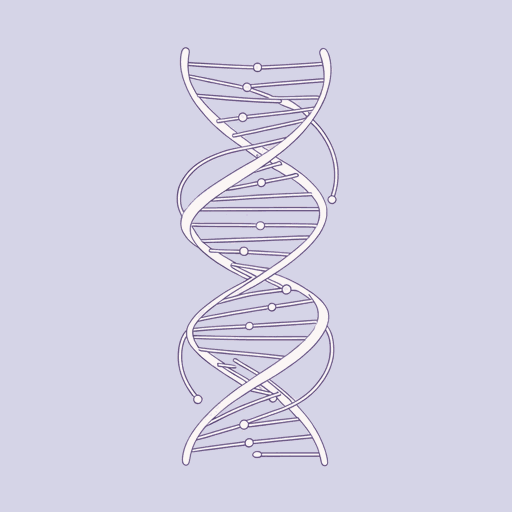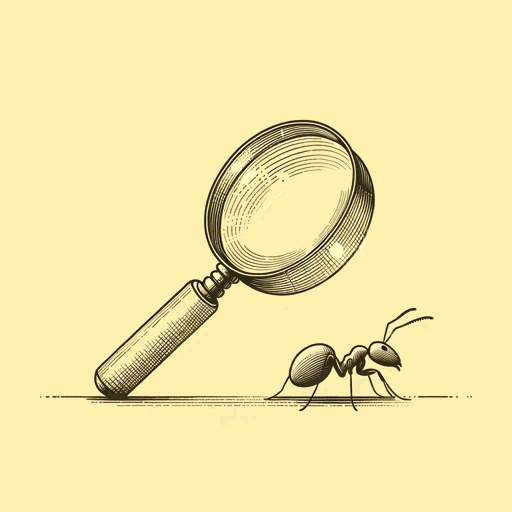48 pages • 1 hour read
Edward O. WilsonLetters to a Young Scientist
Nonfiction | Autobiography / Memoir | Adult | Published in 2013A modern alternative to SparkNotes and CliffsNotes, SuperSummary offers high-quality Study Guides with detailed chapter summaries and analysis of major themes, characters, and more.
Part 3Chapter Summaries & Analyses
Part 3: “A Life in Science”
Part 3, Chapter 11 Summary: “A Mentor and the Start of a Career”
This chapter begins with a close-up photograph of the face of a dacetine ant.
When Wilson started his undergraduate career, his mentor was fellow entomologist William L. Brown. Like Wilson, Brown studied ants, and he was among the most accomplished scientists in his field. Brown inspired Wilson to take his studies seriously and to be bold in completing his field work. He specialized in studying dacetine ants, which have unusually large jaws. Brown asked Wilson to help him in his research by collecting and studying the species of dacetine ants found in Alabama. Through their collaboration, the two scientists soon made many breakthrough discoveries.
Many dacetine ants play crucial roles in their environments. Although ants and other insects tend to get far less attention than mammals, reptiles, and other large species, they have an enormous impact on the world. Without them, most other forms of life on Earth, including many humans, would likely perish. On reflection, Wilson is glad that he chose to study ants. His career would still have been productive and enjoyable if he had studied a larger type of animal, but it would not have been as easy for him to succeed.
Related Titles
By Edward O. Wilson

Consilience
Edward O. Wilson

Half-Earth: Our Planet’s Fight for Life
Edward O. Wilson

On Human Nature
Edward O. Wilson

The Diversity of Life
Edward O. Wilson

The Future of Life
Edward O. Wilson

The Meaning of Human Existence
Edward O. Wilson

The Social Conquest of Earth
Edward O. Wilson

